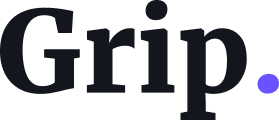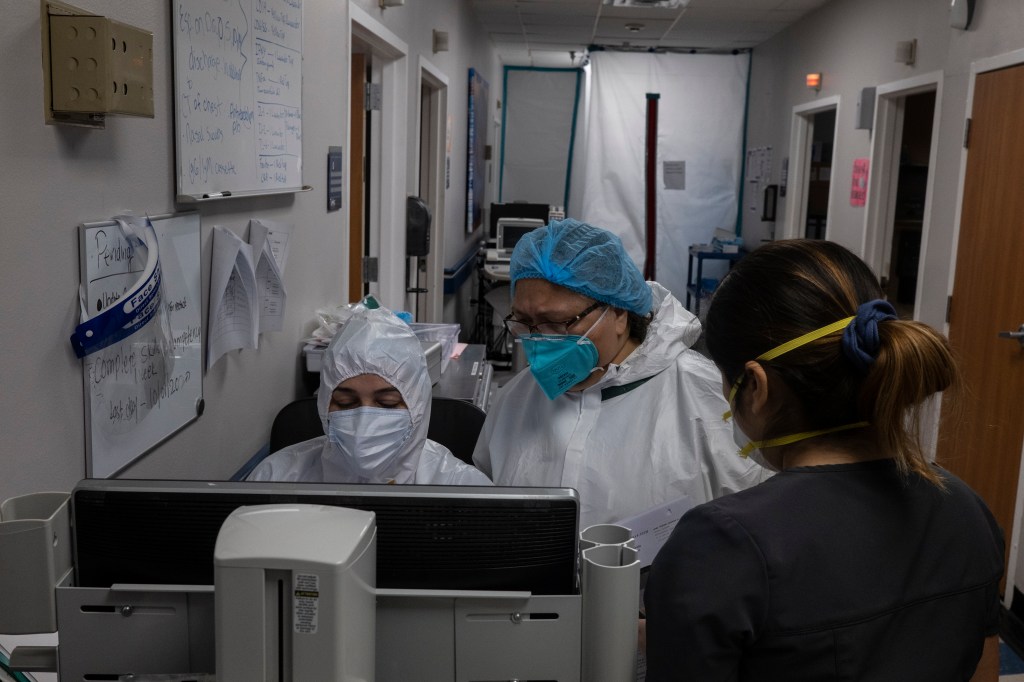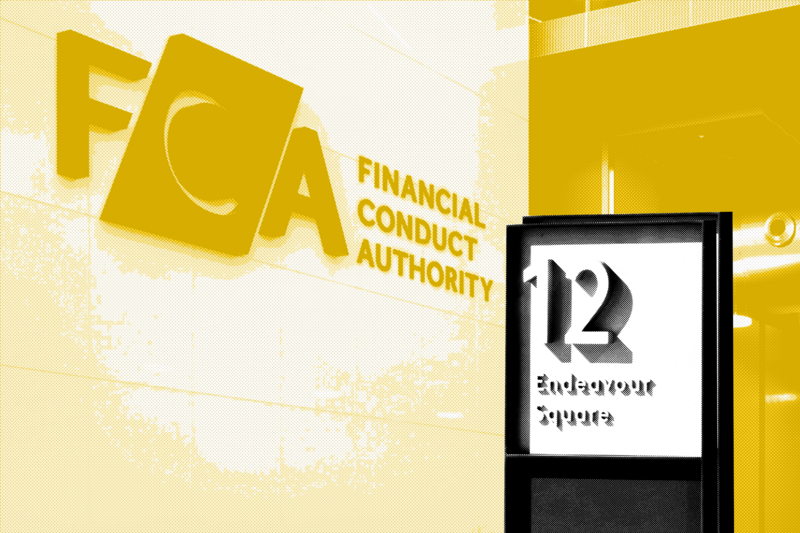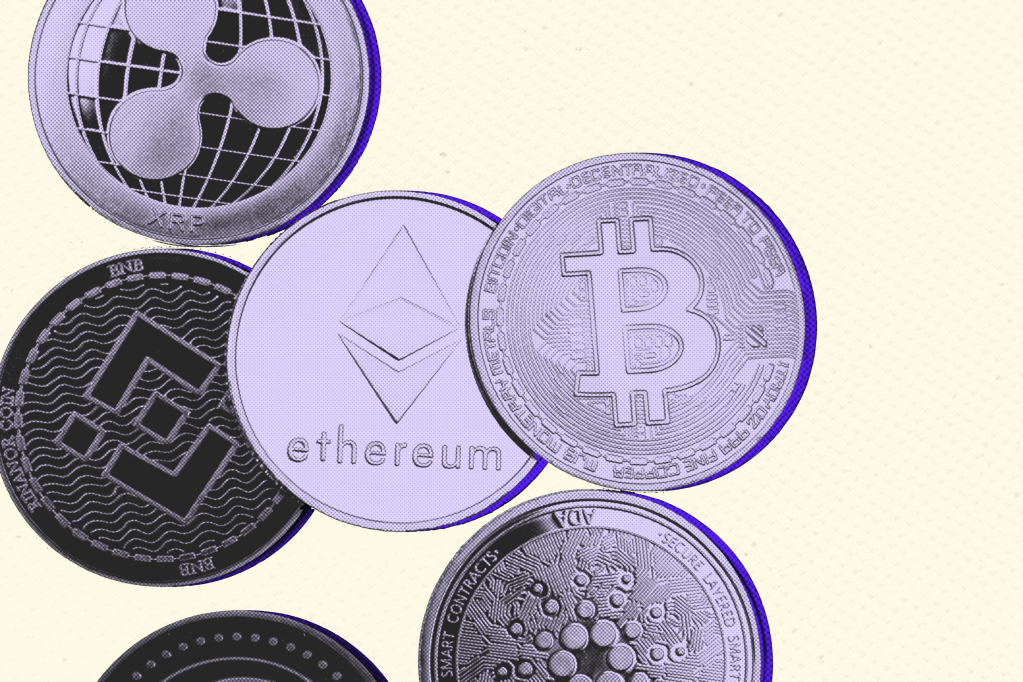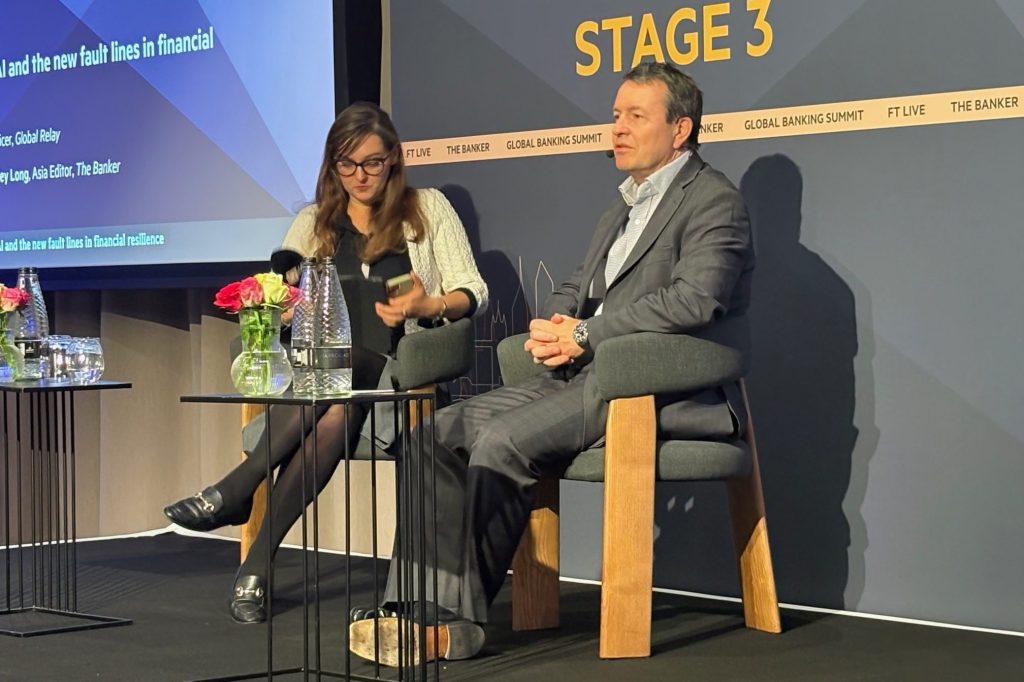There is often a significant gap between how senior management sees the effectiveness of ethics and compliance programs and the view that is taken by frontline employees. That’s the standout finding from LRN’s annual Ethics & Compliance Program Effectiveness Report, which observes “the higher the leadership level,
The
Register for free to keep reading.
To continue reading this article and unlock full access to GRIP, register now. You’ll enjoy free access to all content until our subscription service launches in early 2026.
- Unlimited access to industry insights
- Stay on top of key rules and regulatory changes with our Rules Navigator
- Ad-free experience with no distractions
- Regular podcasts from trusted external experts
- Fresh compliance and regulatory content every day
